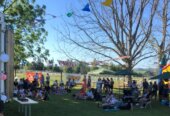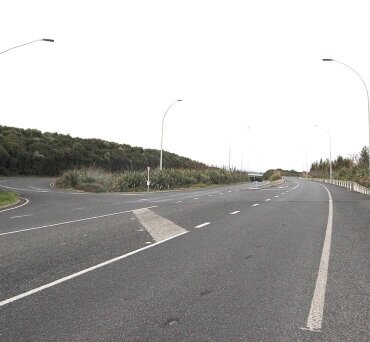
Tirau Road off ramp goes south.
- The headline has been changed to reflect the Transport minister does not sign off on specific road design decisions, including this one.
On-off ramps at the southern end of Cambridge to minimise truck traffic through the central business district have been ruled out by Transport minister Chris Bishop.
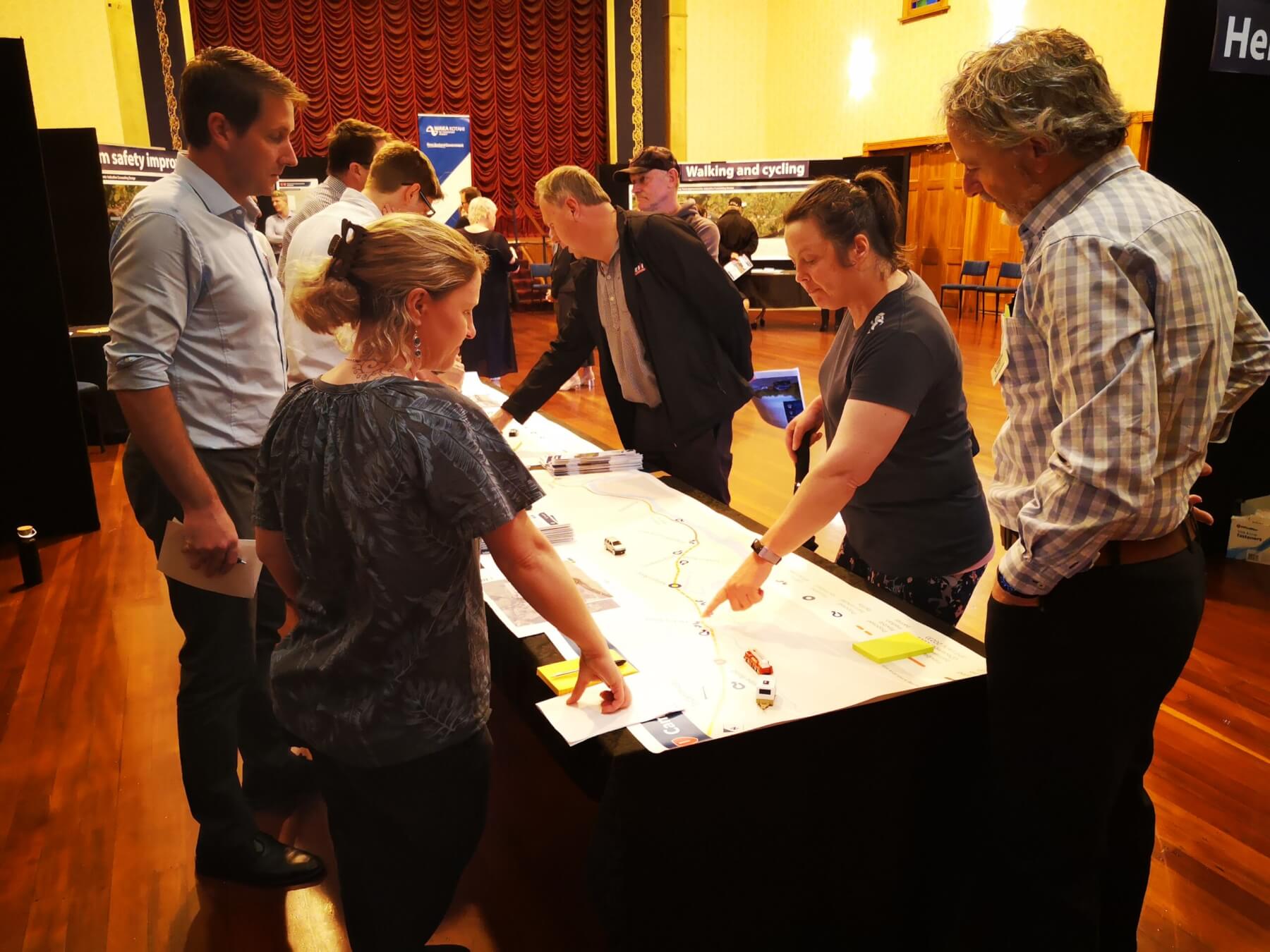
An NZTA information day in the Cambridge Town Hall three years ago made no mention of on-off ramps. Photo: Mary Anne Gill
In a letter to local MP Louise Upston, he said New Zealand Transport Agency (NZTA) officials told him there had been “no significant change” in demand or need for the on-ramp since the Waikato Expressway Cambridge section design was finalised in mid-2013.
Cambridge’s population then was 16,800 and in the last five years has grown at a rate of 2.2 per cent a year – nearly double the national average – to 22,400.
The agency also has no plans to change the scope in its four-laning of Cambridge to Piarere – one of the government’s Roads of National Significance – which is at the designation stage and will soon move into design.
‘We need central government agencies to work with us, not against us…’
Waipā mayor Susan O’Regan
Waipā mayor Susan O’Regan said she would continue to be a strong advocate for north facing ramps at Tīrau Rd, near Cambridge Golf Club.
She believed Bishop’s decision was based on a very narrow view and was not focussed on the district’s long-term future.
“Waipā is a high growth area and making a decision based on current traffic volumes will do nothing to unlock the economic potential for the district,” she said.
Cambridge Chamber of Commerce chief executive Kelly Bouzaid said the ramps were a practical and future-focused solution.
“They will relieve congestion, improve safety, and support Cambridge’s growth. We urge decision-makers to keep the door open to this critical piece of infrastructure.”
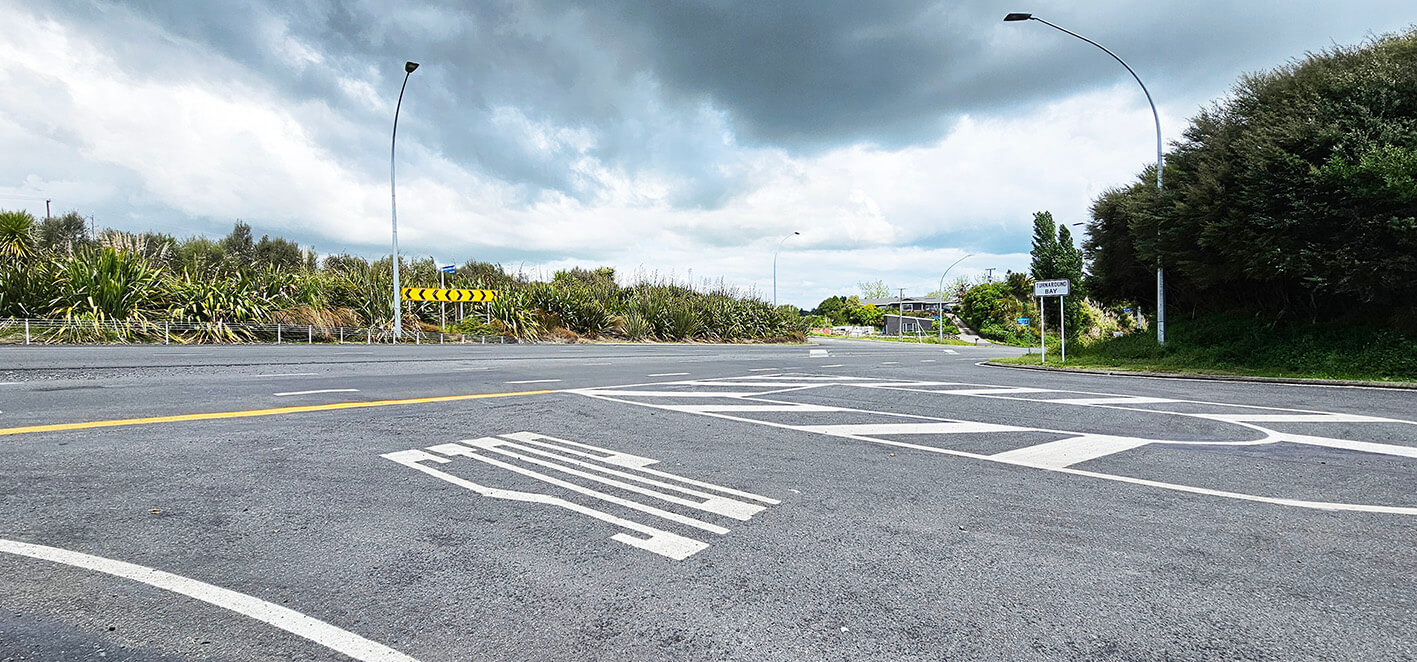
The site at the end of Tīrau Road where proposed on-off ramps would be built. Photo: Mary Anne Gill
Ruling them out of scope for Cambridge to Piarere and for the Cambridge Connections project dismissed essential infrastructure that would underpin growth and ensure the efficient movement of goods and people, she said.
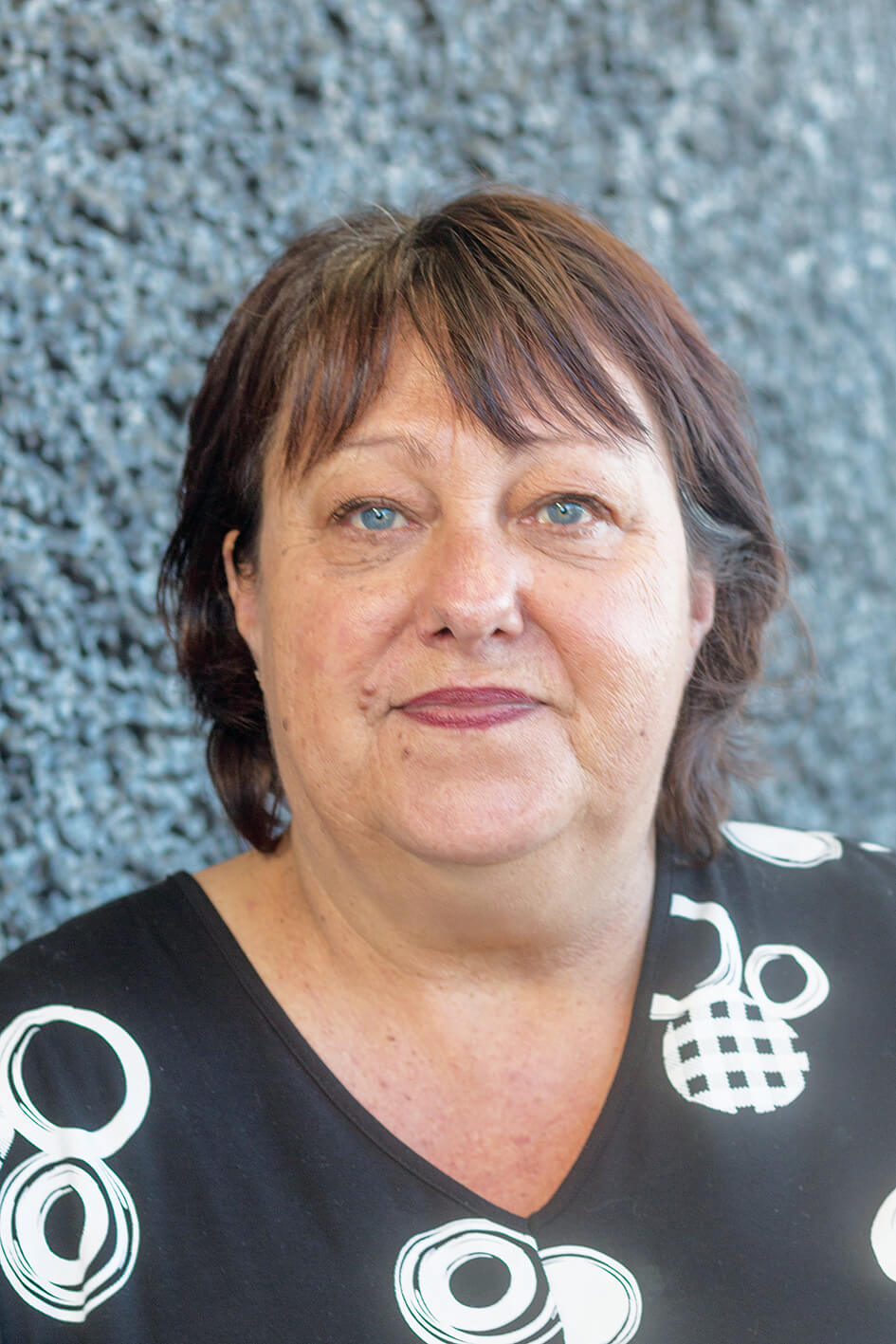
Kelly Bouzaid
Bouzaid referenced a recent in-house decision by Waipā District Council to grant a resource consent for a building material recycling plant on the western outskirts of Leamington which resulted in hundreds of extra truck movements, mostly through Cambridge.
“It is critical that resource consents granted by Waipā District Council specifically address the impact of increased vehicle movements and the flow-on consequences for Cambridge’s already pressured routes.”
NZTA has consistently opposed the ramps, arguing that most of the traffic would be local and that expressways were not intended for local access.
Heavy industrial traffic can leave Cambridge by the southern Tīrau Rd ramp, travel 3.6km to the Hydro Road turnaround bay and loop back north onto the Waikato Expressway.
Truck drivers have neither the time nor patience to add seven kilometres to their journey, said Bouzaid. They regarded it as an inefficient and challenging route.
The argument that on-ramps could create short trips, and that this is not what the expressway was designed for, do not reflect today’s reality, said O’Regan.
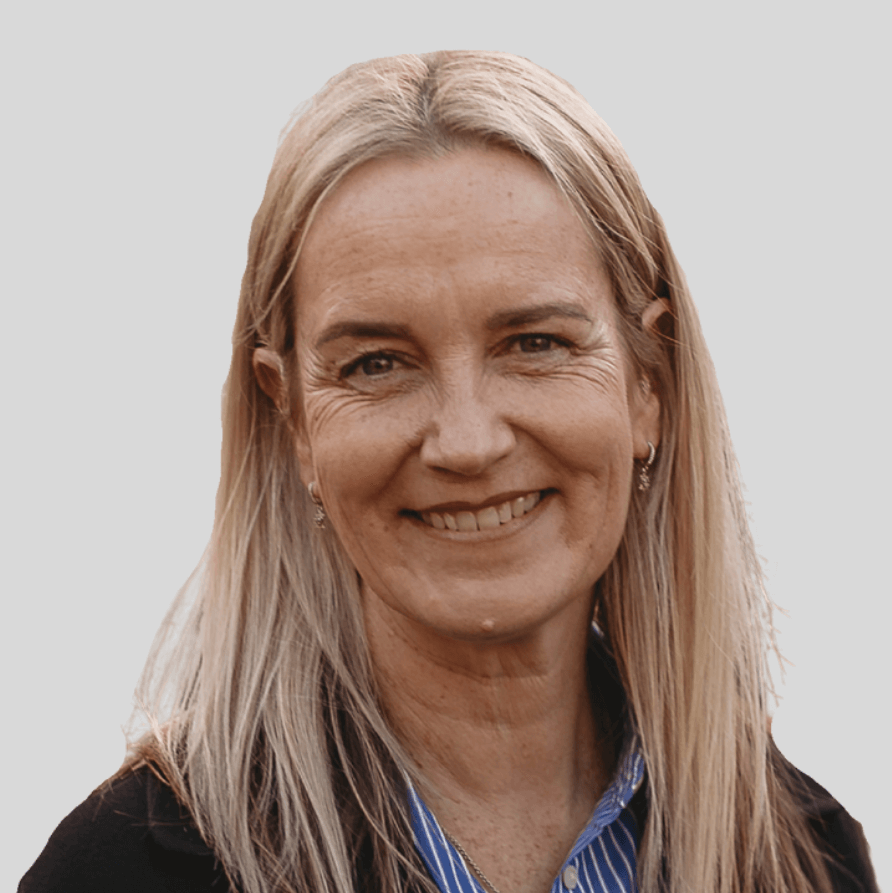
Susan O’Regan
“Growth in Waipā is exceeding the already high projections we have planned for. We will need to unlock more land to stimulate this economic growth over the next 30 years.
“Communities change, needs evolve, and our infrastructure planning must evolve with them. We need central government agencies to work with us, not against us, in planning infrastructure that serves our community well for decades especially when we are delivering on this government’s growth agenda.”
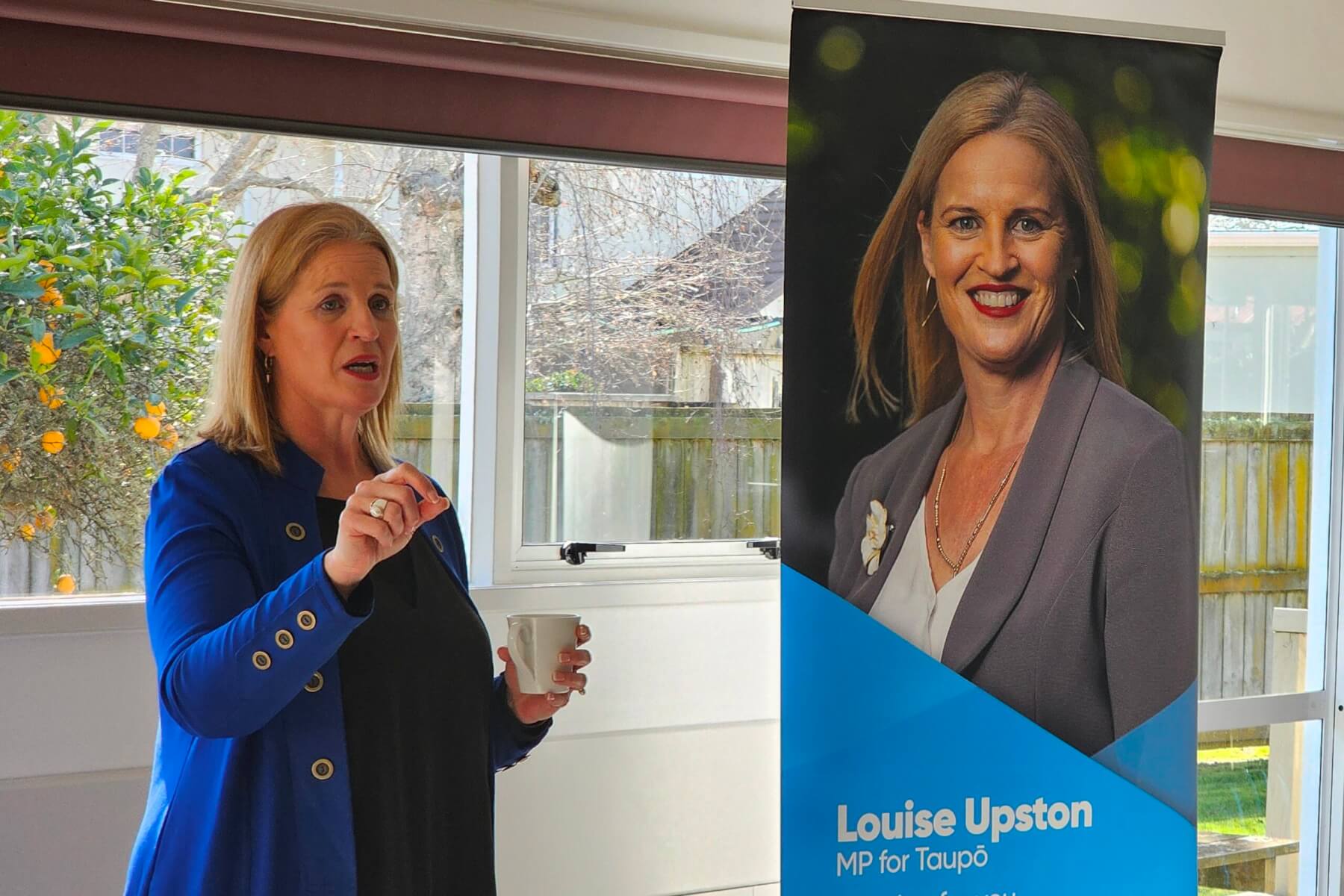
Taupō MP Louise Upston speaking at her packed Friendly Forum in Cambridge. Photo: Mary Anne Gill
Upston told The News last week she had seen new data – particularly the increase in heavy vehicle movements – which she presented to Bishop.
He acknowledged that and the scale of growth in Cambridge which had increased pressure on Victoria (High Level) and Fergusson (Low Level) bridges and contributed to higher traffic volumes through the town centre.
“However, NZTA informs me that Waipã District Council’s modelling shows a north-bound on ramp would be used by 3400 vehicles per day in 2055, which is not considered high demand for 30 years’ time,” said Bishop.
When work on the bypass began 11 years ago, NZTA said its construction would improve safety by significantly reducing through traffic and noise within the town.
Since its handover to Waipā District Council, traffic counts in Victoria and Hamilton roads at the St Andrew’s Church roundabout have increased dramatically due to unprojected housing and industrial growth throughout Cambridge and are now at or exceed the traffic levels when it was a state highway.
The News has consistently advocated for on-off ramps, editorialising on the issue more than three years ago after NZTA rejected the need.
See: Upston lobbied over expressway ramps
See: Chamber ramps up pressure
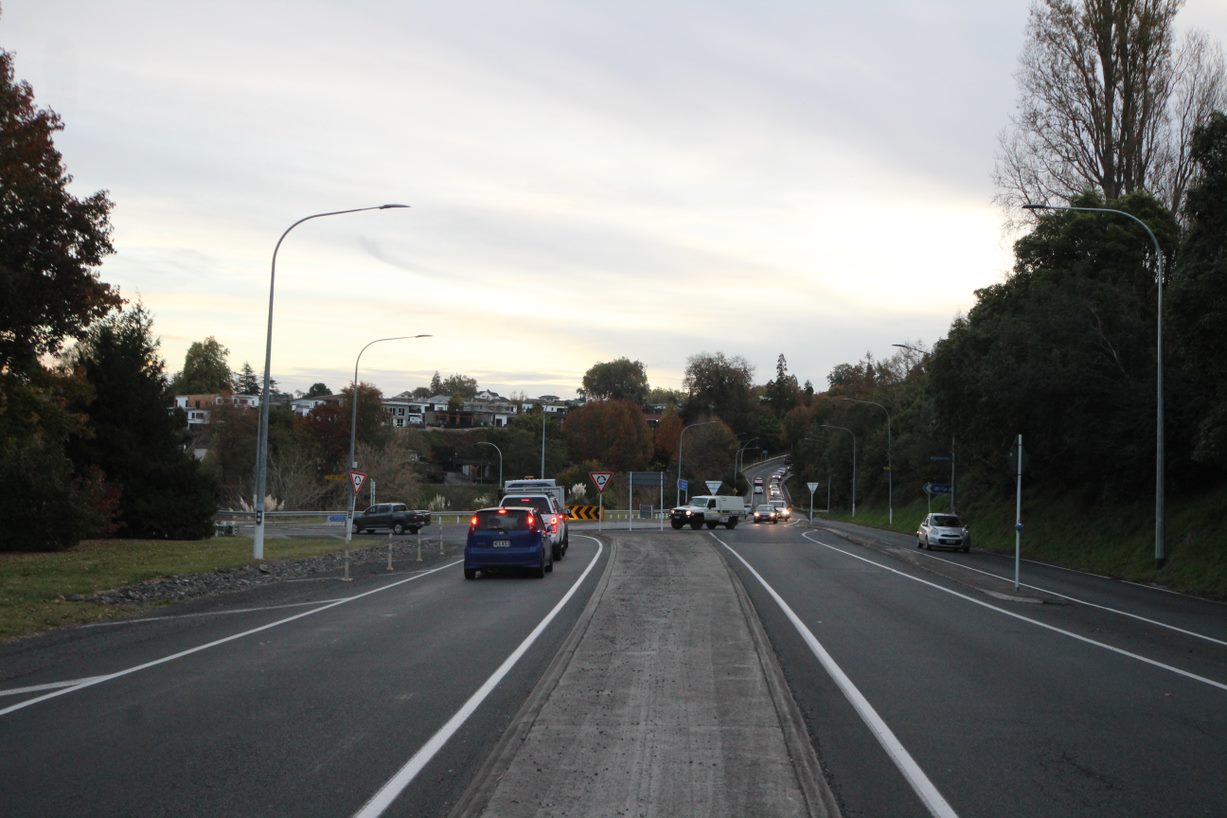
The Fergusson Bridge roundabout with traffic streaming through from the town centre.
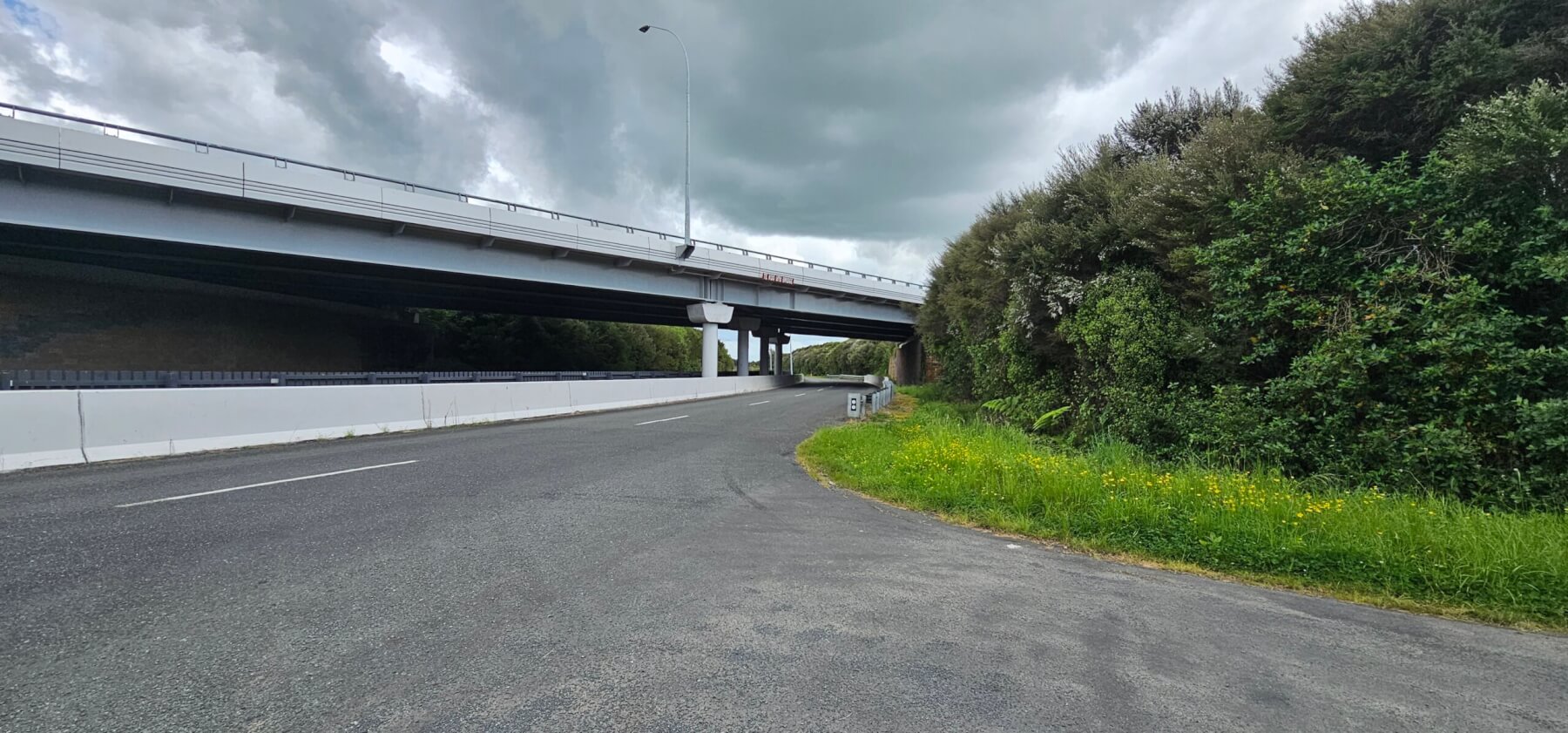
The already formed entrance from Newcombe Rd, less than 200m from the intersection with Tīrau Rd, could become an on ramp for quarry trucks. Photo: Mary Anne Gill.





